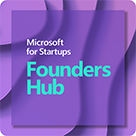Looking to take your startup to the next level and create amazing features that utilize artificial intelligence? With access to cutting-edge AI models and tools, Microsoft Azure Open AI Service can help you build next-generation applications capable of incredible things.
One of the core features of OpenAI is generative AI. Based on the GPT-4 model, one of the most advanced large language models (LLM) available today, Azure OpenAI Service enables startups to unlock powerful generative AI capabilities by training on massive amounts of data to learn the patterns and relationships between words, phrases, and sentences. This allows it to generate human-like text that can be used for a wide range of applications, such as content creation, chatbots, and language translation.
In this four-part series, we’re taking a deep dive into the concept of generative AI and how Azure OpenAI Service can deliver its value to startups. We’ll see how its highly flexible and customizable platform can help you generate high-quality text and images and revolutionize user experiences. Here in Part One, we will focus on the basics, including an introduction to OpenAI, its many model offerings, and a few use cases.
What is the difference between OpenAI and Azure OpenAI Service?
Azure OpenAI Service co-develops APIs with OpenAI, ensuring compatibility and a smooth transition from one to the other. With Azure OpenAI Service, customers get the security capabilities of Microsoft Azure while running the same models as OpenAI. Azure OpenAI Service offers private networking, regional availability, and responsible AI content filtering.
What are some common use cases?
Many startups spend a lot of time and resources on creating and summarizing text for marketing, research, analysis, and more. This means they stand to gain time back by using the powerful tools that Azure OpenAI Service offers, such as GPT-4 , Codex, and embedding. Other uses for OpenAI’s text generation technology are content creation, customer service automation, language translation, personalized marketing, chatbots, news summarization, and writing assistance—such as the cover letter for a job application below.

The benefits of using OpenAI’s image generation tools are not limited to creating funny or engaging images, but also to creating professional and impactful business visuals. By leveraging OpenAI’s technology, startups can create product roadmaps and complex scenario visuals that help them showcase their approach in a compelling manner.
For example, here is a prompt to visualize a security scenario:

Output:
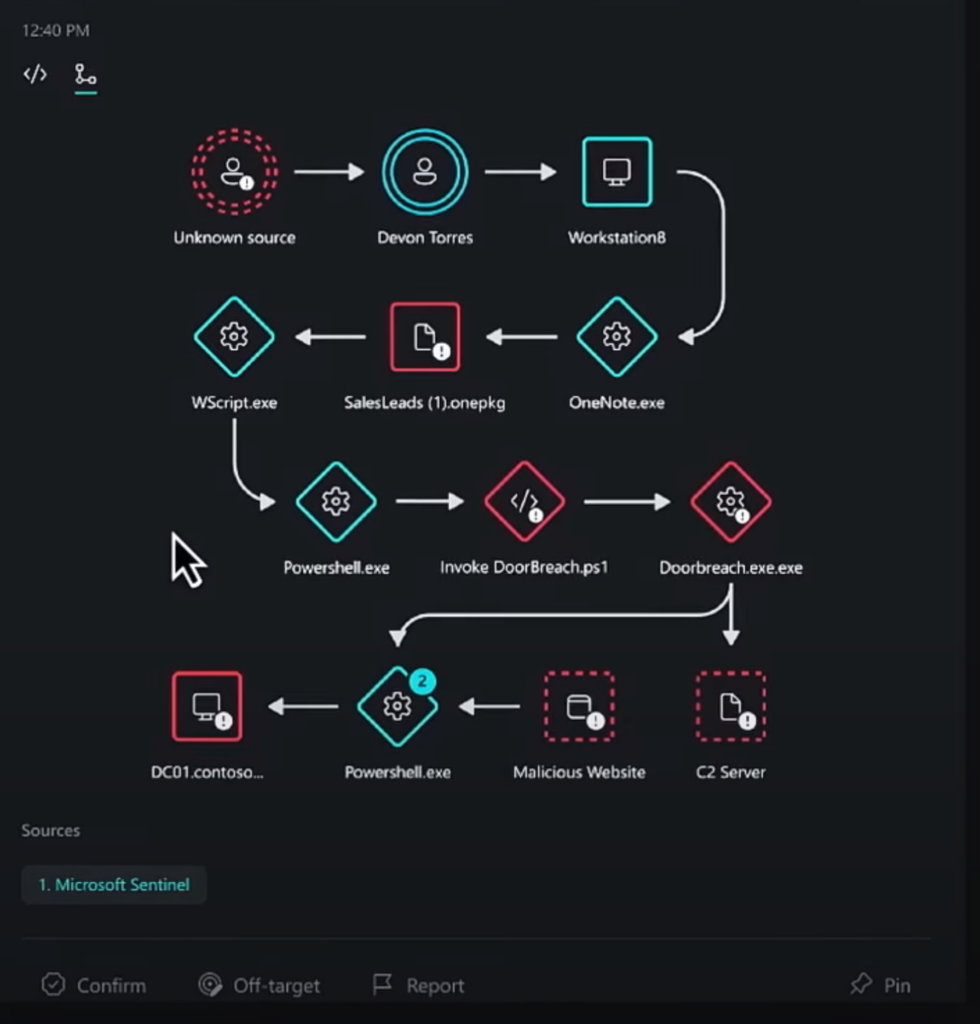
Images like these convey complex ideas and concepts in a simple and easy-to-understand way, making it easier for startups to communicate their value proposition and differentiate themselves from competitors.
One of the main advantages of using OpenAI’s image generation tools is the ability to generate high-quality images quickly and easily. These images can be customized to fit specific needs and requirements, enabling startups to create unique and visually appealing presentations, pitches, marketing materials, and more. As a result, OpenAI’s tools can help startups save money by eliminating the need for graphic design software.
What is a prompt?
A prompt is a way of giving input or guidance to an AI system, such as a chatbot or a text generator. A prompt can be a question, a command, a keyword, a sentence, or anything else that can trigger a response from the system. A prompt can also include parameters or constraints that specify how the system should respond and guides it to produce relevant results.
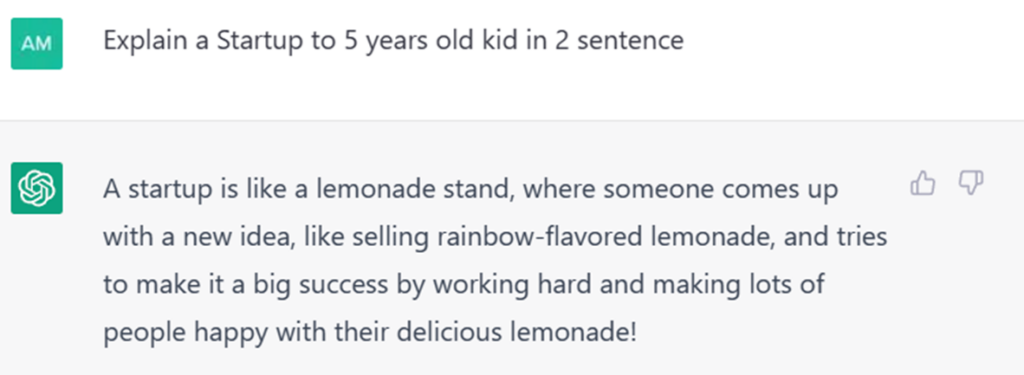
There are a few terms related to prompts that are useful to know:
Prompt engineering is the process of designing and testing different prompts to find the best one for a specific task or domain. Prompt engineering involves experimenting with different wording, formatting, and examples to optimize the performance and accuracy of the model. Prompt engineering can also leverage existing knowledge bases or ontologies to provide more context and structure to the prompts.
Prompt grounding is a technique to help chatbots understand and follow the instructions given by their users. It involves repeating or paraphrasing the main points of the user’s request and asking for confirmation or clarification if needed. This way, the chatbot can avoid misunderstandings and errors and provide better responses that match the user’s expectations.
For example, if I am in Israel and ask Bing chat what the time is, this is the grounded prompt:
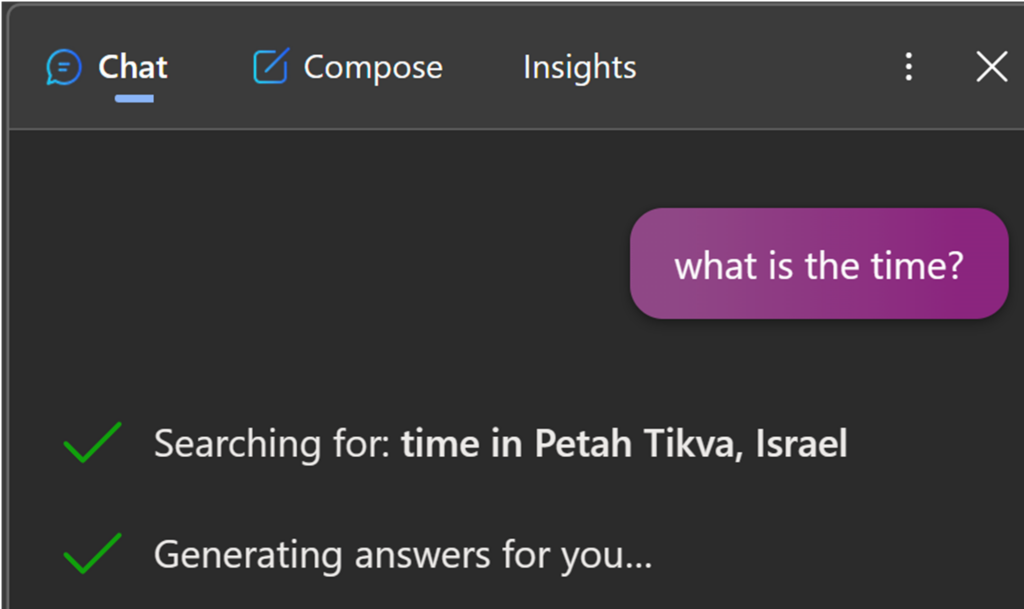
Even the suggested follow-up questions are grounded and because I am using a PC, it suggests that I might want to know how change the time zone on my computer.

What are some basic techniques for customizing AI models via prompts?
Fine-tuning is a technique that allows you to customize a model for your specific application by training it on your own data. Fine-tuning can improve the quality, accuracy, and relevance of the model’s output by adapting it to your domain, task, and style. Fine-tuning can also reduce costs and latency by eliminating the need for long or complex prompts that include multiple examples or instructions. Fine-tuning is currently available for some of OpenAI’s base models like Davinci, Curie, Babbage, and Ada.
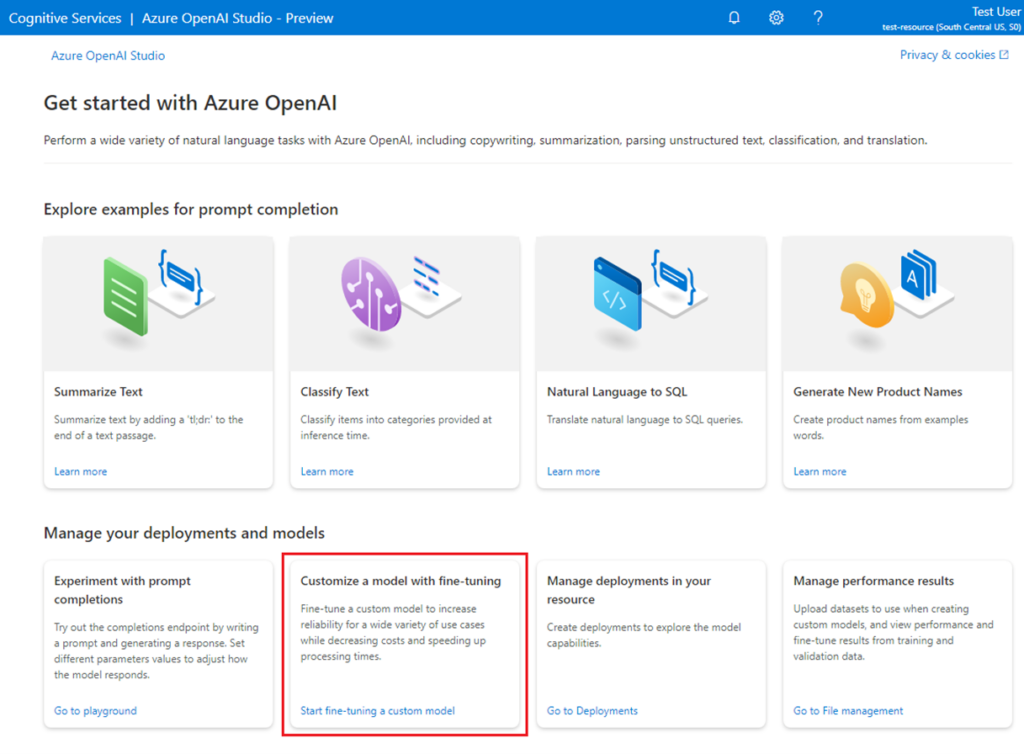
Zero-shot and few-shot learning are methods of using a model without any fine-tuning or additional training. Zero-shot learning means using the model with just a single input example or query, without providing any additional context or examples. Few-shot learning means using the model with a few input examples or queries, usually formatted as a prompt that includes some instructions or examples for the model to follow. Zero-shot and few-shot learning rely on the model’s generalization ability and pre-trained knowledge to perform a task. They can be useful for exploring the model’s capabilities, testing different ideas, or prototyping applications quickly.
Let’s use a zero-shot approach to convert movie titles into emoji:

We failed to get a response, so let’s use a few-shot approach by providing a few examples:

Now that we’ve given the AI a few examples, let’s test it!

And the result is:

Now we have a trained model that can be used to transform movie names into emoji 😊
What are known issues with Azure OpenAI Service and other Large Language Models (LLM)?
Azure OpenAI Service is a powerful platform for creating and deploying artificial intelligence applications. However, like any technology, it can have issues. One example is hallucination, which is when the AI generates false or misleading information that is not based on reality or data. This can have serious consequences for users and society, especially if the AI is used for critical tasks or decision-making.
That’s why Microsoft is committed to , which means developing and using AI in a way that is ethical, trustworthy, and aligned with human values. Microsoft follows six principles for responsible AI: fairness, reliability and safety, privacy and security, inclusiveness, transparency, and accountability. By applying these principles, Microsoft aims to ensure that Azure OpenAI Service operates with the welfare and benefit of the user as the foundational priority.
Now that we have reviewed the basics, check back later for Part Two, where we’ll explore advanced use cases and the Microsoft Copilot approach to generative AI UX.
Microsoft for Startups Founders Hub members receive Azure cloud credits that can be used toward Azure OpenAI Service or OpenAI to help build their product. Sign up now to become a member.
* Microsoft’s financial investment in OpenAI is aimed at developing advanced AI technologies and solutions that can benefit businesses and society as a whole. In addition, Microsoft has partnered with OpenAI to co-develop new AI technologies and integrate them into Microsoft’s products and services.






